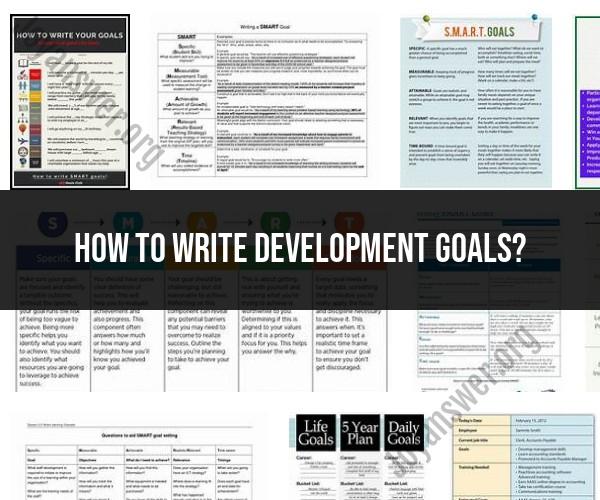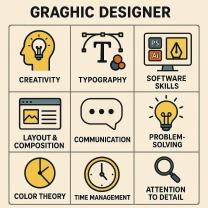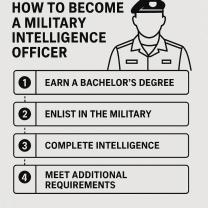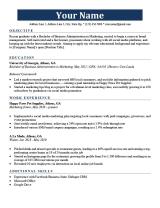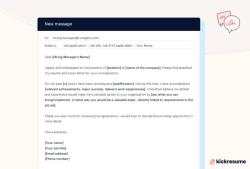How to write Development Goals?
Writing development goals is an essential part of personal and professional growth. Setting clear and achievable goals can help you focus your efforts, track progress, and ultimately reach your desired outcomes. Here's a practical guide on how to write development goals:
Identify Your Objectives:
- Start by clarifying your overall objectives. What do you want to achieve in your personal or professional life? What skills or areas do you want to improve?
Make Them Specific:
- Ensure your goals are specific and well-defined. Avoid vague statements and be precise about what you want to accomplish. For example, instead of saying, "Improve my communication skills," you can say, "Enhance my public speaking skills to confidently address large audiences."
Use the SMART Criteria:
- SMART is an acronym that stands for Specific, Measurable, Achievable, Relevant, and Time-bound. Apply these criteria to your goals:
- Specific: Clearly state what you want to achieve.
- Measurable: Define how you will measure progress or success.
- Achievable: Make sure the goal is realistic and attainable.
- Relevant: Ensure the goal aligns with your long-term objectives.
- Time-bound: Set a specific timeframe for achieving the goal.
- SMART is an acronym that stands for Specific, Measurable, Achievable, Relevant, and Time-bound. Apply these criteria to your goals:
Break Down Long-Term Goals:
- If your long-term objectives are significant, break them down into smaller, manageable steps or short-term goals. This makes the process more achievable and less overwhelming.
Prioritize Goals:
- Determine the importance and urgency of each goal. Focus on the most critical goals first, and consider how they align with your immediate and long-term aspirations.
Write Actionable Steps:
- Under each goal, list the specific actions or tasks you need to take to work toward the goal's achievement. These should be actionable and within your control.
Set Deadlines:
- Assign deadlines to each goal and its associated tasks. Having a timeframe adds a sense of urgency and helps you stay accountable.
Monitor Progress:
- Regularly assess your progress toward each goal. Consider tracking your progress using a journal, spreadsheet, or goal-tracking app. Adjust your approach if necessary.
Seek Feedback:
- Share your goals with a mentor, coach, or trusted friend. They can provide valuable input and hold you accountable for your progress.
Stay Flexible:
- Life can be unpredictable, and circumstances may change. Be open to adapting your goals as needed to accommodate new opportunities or challenges.
Stay Motivated:
- Keep your motivation high by regularly revisiting your goals, celebrating achievements, and visualizing the positive outcomes of your efforts.
Review and Reflect:
- Periodically review your goals, assess your achievements, and reflect on what you've learned. Use this reflection to refine your goals and set new ones.
Stay Persistent:
- Achieving goals often requires persistence and resilience. Don't be discouraged by setbacks; use them as opportunities to learn and grow.
Celebrate Achievements:
- Celebrate your successes along the way, whether big or small. Recognizing your accomplishments can provide motivation to continue working toward your goals.
Stay Committed:
- Commitment is key to achieving your goals. Stay dedicated to your personal and professional development, and remember why you set these goals in the first place.
By following these steps and applying the SMART criteria, you can write development goals that are clear, actionable, and tailored to your unique aspirations. Regularly reviewing and revising your goals will help you stay on track and continue progressing in your personal and professional life.
Crafting Effective Development Goals: A Step-by-Step Guide
Effective development goals are specific, measurable, achievable, relevant, and time-bound (SMART). By following these criteria, you can create goals that are more likely to lead to success.
Step 1: Identify your areas for development. What are your strengths and weaknesses? What skills and knowledge do you need to achieve your career goals?
Step 2: Set specific and measurable goals. What exactly do you want to achieve? How will you measure your progress?
Step 3: Make sure your goals are achievable. Set goals that are challenging but realistic. Don't set yourself up for failure by setting goals that are too difficult to achieve.
Step 4: Ensure your goals are relevant. Your goals should be aligned with your career goals and personal values.
Step 5: Set deadlines for your goals. This will help you stay on track and motivated.
Here is an example of a SMART development goal:
- Instead of: I want to be a better writer.
- Try: I want to improve my grammar and punctuation skills by 10% by the end of the year, as measured by my performance on editing tests.
The Art of Goal Setting: Writing Development Goals That Work
When writing development goals, it is important to be clear and concise. Avoid using vague or ambiguous language. Be specific about what you want to achieve and how you will measure your progress.
Here are some tips for writing effective development goals:
- Use action verbs. Start each goal with an action verb, such as "learn," "improve," or "develop." This will help you to stay focused on what you need to do to achieve your goal.
- Be specific. Don't just say that you want to be a better leader. Instead, say that you want to improve your ability to delegate tasks and to motivate your team members.
- Be measurable. How will you know when you have achieved your goal? Make sure that your goals are measurable so that you can track your progress and celebrate your successes.
- Be achievable. Set goals that are challenging but realistic. Don't set yourself up for failure by setting goals that are too difficult to achieve.
- Be relevant. Your goals should be aligned with your career goals and personal values.
- Set deadlines. Give yourself a specific deadline for each goal. This will help you to stay on track and motivated.
Elevating Your Potential: Creating and Achieving Development Goals
Development goals can help you to elevate your potential and achieve your career goals. By following the tips above, you can create and achieve development goals that will help you to become the best version of yourself.
Here are some additional tips for achieving your development goals:
- Break down your goals into smaller steps. This will make your goals seem more manageable and less daunting.
- Create a plan of action. Once you have broken down your goals into smaller steps, create a plan of action for how you will achieve each step.
- Track your progress. Keep track of your progress so that you can see how far you have come and stay motivated.
- Celebrate your successes. When you achieve a goal, take the time to celebrate your success. This will help you to stay motivated and keep moving forward.
Achieving your development goals takes time and effort, but it is worth it. By setting and achieving development goals, you can improve your skills and knowledge, advance your career, and achieve your personal goals.
